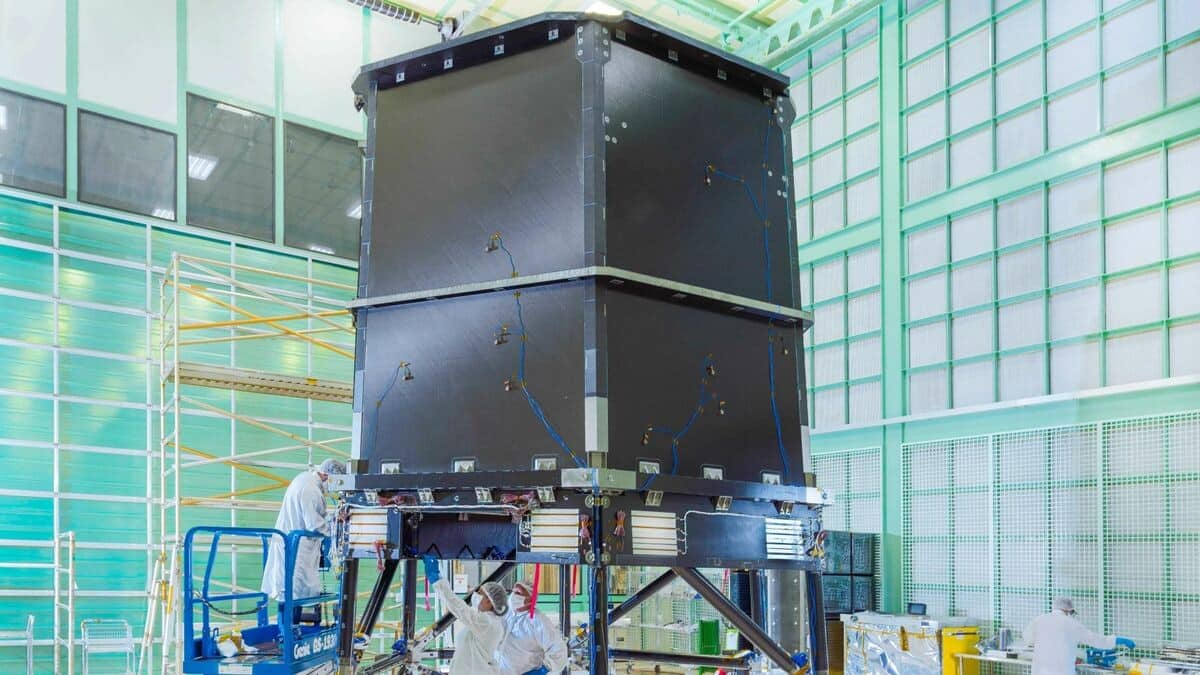
NASA's Roman Telescope completes rigorous spin test amid launch preparations
What's the story
NASA's next-generation Roman Space Telescope, named after the agency's first chief astronomer Nancy Grace Roman, has successfully completed a critical "spin test."
The examination was performed on the Outer Barrel Assembly of the telescope. This part is meant to protect the telescope, and offer structural support to other components.
The spin test is a routine procedure in aerospace engineering, designed to check the assembly's resilience against extreme gravitational forces during launch.
Design details
Roman Space Telescope: A closer look at its design
The Outer Barrel Assembly of the Roman Space Telescope is designed like a "house on stilts," Jay Parker, product design lead for the assembly at Goddard, said.
The "house" flaunts a shell and connecting ring that will encase the telescope, shielding it from stray light and housing devices to maintain a consistent temperature.
This is necessary as materials used in the telescope's construction expand and contract with temperature changes.
Stability
Material selection and structure stability
To ensure stability, the structure of the Roman Space Telescope is made from a composite material of two types of carbon fibers mixed with reinforced plastic, secured with titanium fittings.
This material choice is stiff enough to prevent warping while being lightweight enough to reduce launch load.
The housing's inner structure features a honeycomb design that provides a strong framework, while minimizing both material use and overall weight.
Test procedure
Spin test: A look at the process
The spin test took place in a massive centrifuge at NASA's Goddard Space Flight Center in Greenbelt, Maryland.
The centrifuge, featuring a 272,000kg steel arm extending from a giant rotating bearing across the test chamber, simulates an increased artificial feeling of gravity.
To generate the required 7Gs, segments of the Outer Barrel Assembly were spun inside the centrifuge up to 18.4 rotations per minute.
Upcoming tests
Post-test procedures and future plans
After the successful spin test, NASA scientists will reassemble the Outer Barrel Assembly and integrate it with Roman's solar panels and Deployable Aperture Cover by year-end.
The fully assembled components will undergo thermal vacuum testing in 2025, to ensure they can withstand the harsh environment of space.
They will also be subjected to vibrations testing for launch resilience before being integrated into the rest of the observatory, set for launch in May 2027.